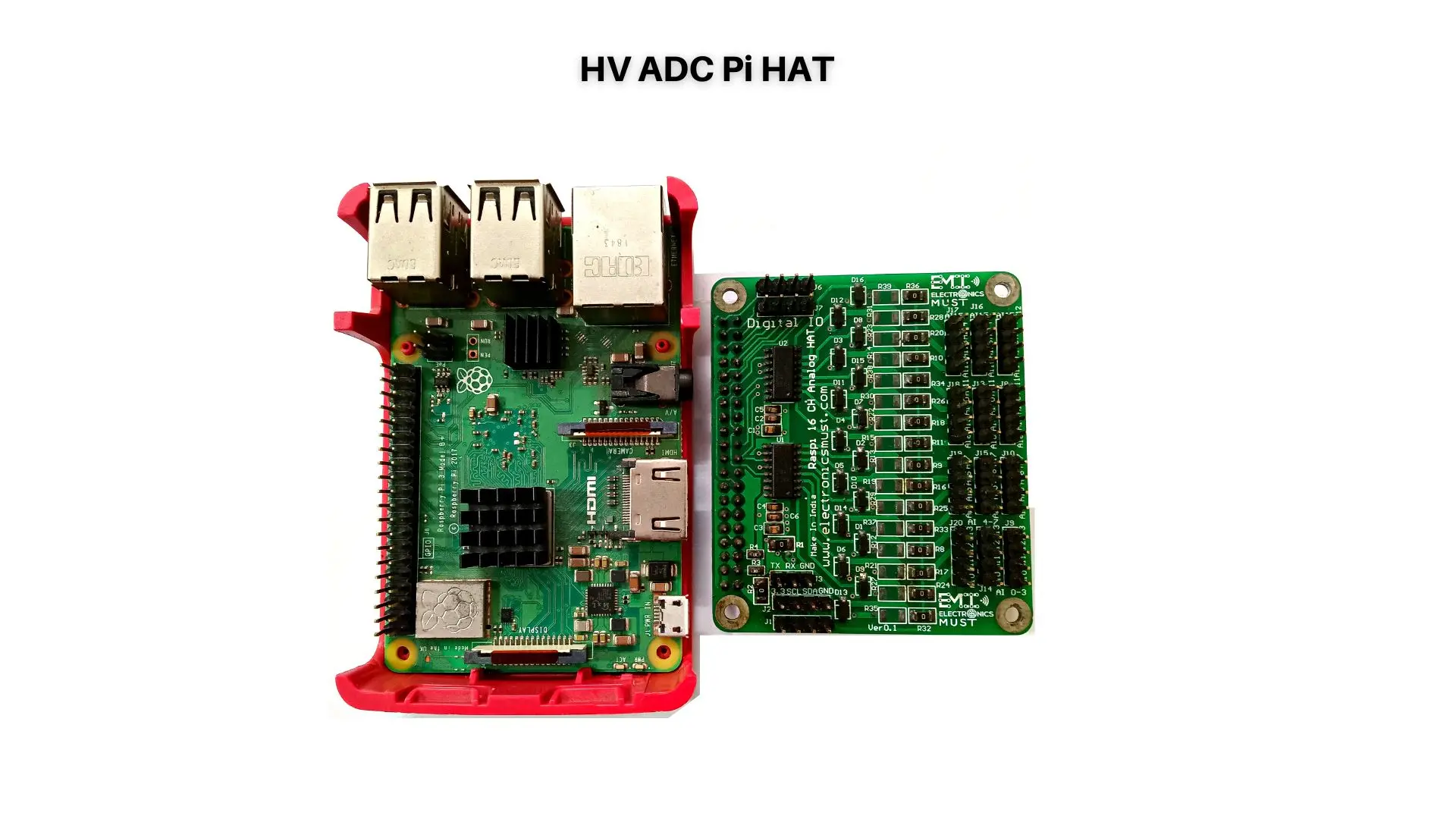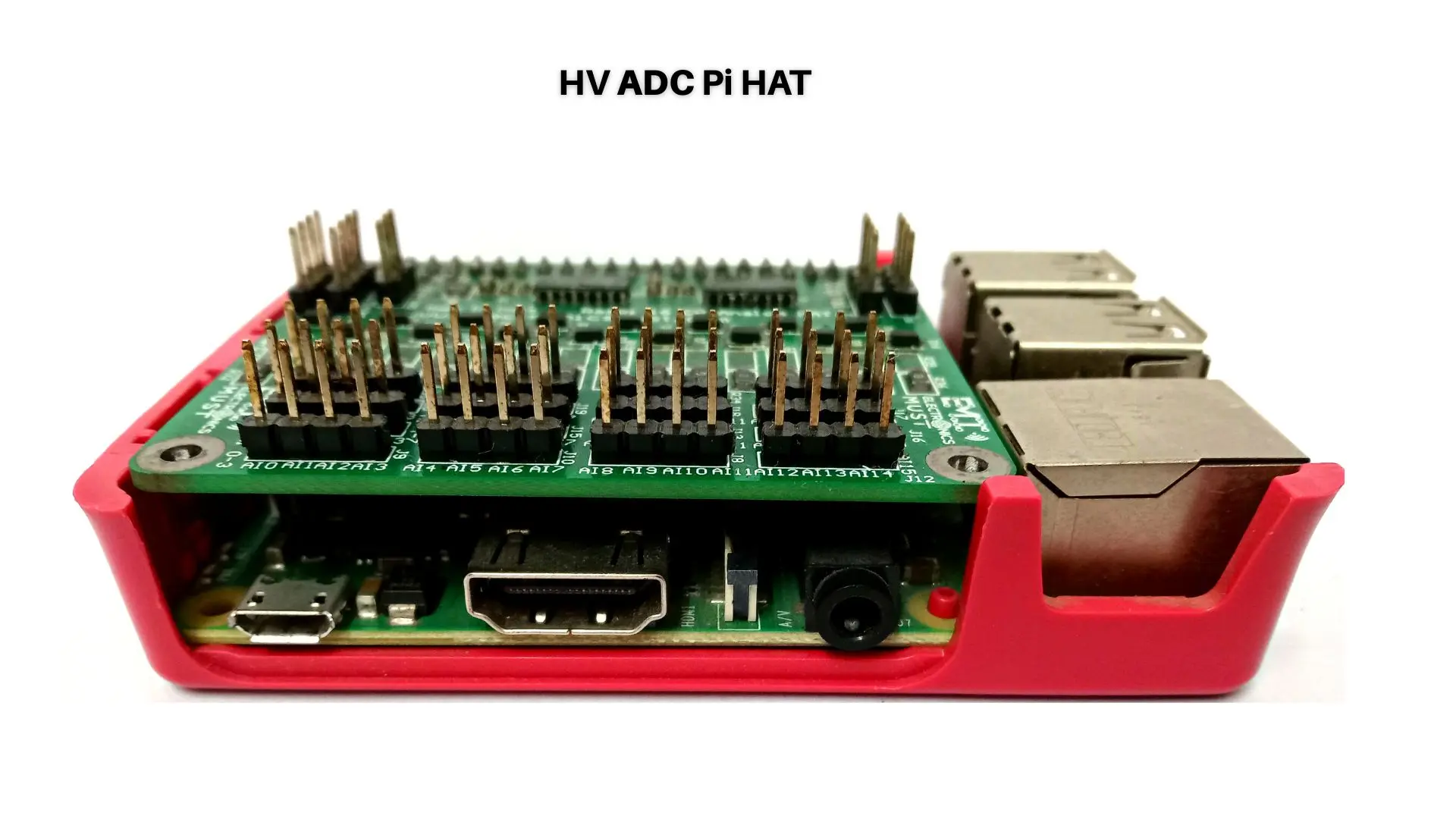The Internet of Things (IoT) has already transformed the way we interact with technology and our surroundings. From smart homes to connected cars, IoT devices have become an integral part of our daily lives. However, as the technology continues to evolve, a new trend known as retrofit IoT is emerging. Retrofit IoT refers to the process of upgrading existing devices with IoT capabilities, revolutionizing the future of connected devices. In this article, we will explore the concept of retrofit IoT, its advantages, and its potential impact on various industries.
I. Understanding Retrofit IoT:
Retrofitting IoT involves integrating internet connectivity and intelligent features into conventional devices that were not originally designed for such capabilities. This process enables these devices to collect and exchange data, communicate with other IoT devices, and be remotely controlled through network connections. Retrofit IoT essentially breathes new life into existing devices, making them smart and connected.
Retrofitting IoT involves integrating internet connectivity and intelligent features into conventional devices not originally designed for such capabilities.
The process enables devices to collect and exchange data, communicate with other IoT devices, and be remotely controlled through network connections.
Retrofit IoT breathes new life into existing devices, making them smart and connected.
II. Advantages of Retrofit IoT:
1.Cost-effectiveness:
Retrofitting existing devices is often more cost-effective than replacing them entirely with new IoT-enabled devices. By adding IoT capabilities to already functional devices, individuals and businesses can enjoy the benefits of connected technology without the need for a complete overhaul.
- Retrofitting existing devices is often more cost-effective than replacing them entirely with new IoT-enabled devices.
- By adding IoT capabilities to functional devices, individuals and businesses can enjoy the benefits of connected technology without a complete overhaul.
2.Sustainability:
Retrofit IoT promotes sustainability by reducing electronic waste. By upgrading and repurposing existing devices, we can extend their lifespan and minimize the environmental impact associated with manufacturing and disposing of new devices.
- Retrofit IoT promotes sustainability by reducing electronic waste.
- Upgrading and repurposing existing devices extends their lifespan and minimizes the environmental impact associated with manufacturing and disposing of new devices.
3.Accessibility:
Retrofit IoT enables broader accessibility to IoT technology. It allows individuals who already own conventional devices to join the IoT ecosystem without significant investments. This inclusivity empowers users to experience the advantages of connected devices without the need for expensive replacements.
- Retrofit IoT enables broader accessibility to IoT technology.
- Individuals who already own conventional devices can join the IoT ecosystem without significant investments, empowering them to experience the advantages of connected devices without expensive replacements.
4.Seamless integration:
Retrofit IoT ensures compatibility and integration with existing infrastructure. It allows devices to work harmoniously with other connected devices, platforms, and applications, creating a cohesive and streamlined IoT ecosystem.
- Retrofit IoT ensures compatibility and integration with existing infrastructure.
- Devices can work harmoniously with other connected devices, platforms, and applications, creating a cohesive and streamlined IoT ecosystem.
III. Applications of Retrofit IoT:
1.Smart Homes: Retrofit IoT offers homeowners the ability to upgrade their existing appliances, lighting systems, thermostats, and security systems. By integrating these devices with IoT capabilities, homeowners can remotely control and monitor their homes, optimize energy consumption, and enhance security.
- Retrofit IoT offers homeowners the ability to upgrade existing appliances, lighting systems, thermostats, and security systems.
- Integration of these devices with IoT capabilities allows remote control, energy optimization, and enhanced security.
2.Industrial Automation: Retrofitting IoT in industrial settings enables the collection and analysis of real-time data from legacy machinery. This data can be utilized for predictive maintenance, process optimization, and improving overall operational efficiency.
- Retrofitting IoT in industrial settings enables real-time data collection and analysis from legacy machinery.
- Utilizing this data for predictive maintenance and process optimization improves overall operational efficiency.
3.Healthcare: Retrofit IoT has the potential to transform healthcare by retrofitting medical equipment with connectivity features. This enables remote patient monitoring, real-time health data analysis, and enhanced patient care.
- Retrofit IoT can transform healthcare by retrofitting medical equipment with connectivity features.
- Remote patient monitoring, real-time health data analysis, and enhanced patient care become possible.
4.Transportation: Retrofit IoT can be applied to vehicles to improve safety, efficiency, and connectivity. Existing cars can be upgraded with IoT features like GPS tracking, vehicle diagnostics, and remote control capabilities, making them smarter and more connected.
- Retrofit IoT can be applied to vehicles to improve safety, efficiency, and connectivity.
- Upgrading existing cars with IoT features like GPS tracking, vehicle diagnostics, and remote control capabilities makes them smarter and more connected.
IV. Challenges and Considerations:
While retrofit IoT offers numerous benefits, there are some challenges and considerations to address:
a)Security: Retrofitting IoT may introduce security vulnerabilities if not implemented properly. It is crucial to ensure robust security measures are in place to protect data and prevent unauthorized access.
b)Compatibility: Retrofitting devices may require overcoming compatibility issues between different generations of technology. This may require additional hardware, software, or firmware updates to ensure seamless integration.
c)Scalability: Retrofitting IoT may have limitations in terms of scalability, especially when dealing with legacy devices. Upgrading a large number of devices may require careful planning and implementation strategies.
Conclusion:
Retrofit IoT is poised to revolutionize the future of connected devices. By retrofitting existing devices with IoT capabilities, we can achieve cost-effective and sustainable connectivity while promoting inclusivity and compatibility. From smart homes to healthcare and transportation, retrofit IoT has the potential to transform various industries. However, it is essential to address security concerns, compatibility issues, and scalability considerations to maximize the benefits of retrofit IoT. With proper implementation, retrofit IoT can usher in a new era of connected devices, enhancing our lives and shaping the future.






